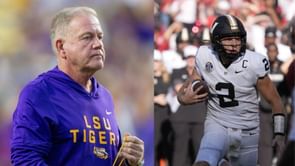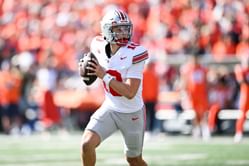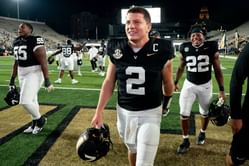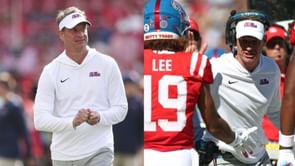
Before diving into the fascinating history of the UCLA mascot, let's start with some personal information about the university. UCLA, the University of California, Los Angeles, holds a significant place in the academic landscape of the United States. Established in 1919, it is a distinguished public research university situated in the vibrant city of Los Angeles, California. However, the roots of its academic excellence trace back even further to 1881, when it was founded as the Southern Branch of the California State Normal School. This historical legacy establishes UCLA as a venerable institution in the state's educational history.
Over the years, UCLA has evolved into a hub of innovation, knowledge, and diversity, attracting students, faculty, and researchers from around the globe. If you're curious about what the UCLA mascot is called and the significance it holds, you've come to the right place. In this blog, we'll take you on a journey through the history, identity, and importance of the beloved UCLA mascot.
UCLA Mascot
The UCLA mascot, known as Joe Bruin, is not merely a costumed character; it's a cherished symbol that embodies the essence of the university. Joe Bruin is an anthropomorphic male brown bear who, along with his partner Josephine "Josie" Bruin, represents UCLA's athletic teams and the spirit of its community.
UCLA Mascot History
To understand the significance of Joe Bruin, we must first delve into the history of mascots at UCLA. The earliest known mascot at the university was an unlikely one—a furry stray dog named Rags. Rags appeared on campus in the fall of 1917 and became a part of the university's identity.
While the university experimented with various bear-related nicknames during the 1920s, it eventually settled on "Bruins" in 1928. Live bears were rented as mascots in the 1930s, becoming a staple at UCLA home football games.
However, this practice ceased for a time until the 1950s, when students and alumni rallied for a new live mascot. "Little Joe Bruin," a Himalayan bear cub from India, briefly held the title before growing too large and being transferred to a circus. In 1961, alumni purchased "Josephine," a female bear, who resided in the Rally Committee chairman's backyard before finding a permanent home at the San Diego Zoo.
The evolution continued in 1963 when a costumed mascot named Joe Bruin debuted. In 1967, Josephine "Josie" Bruin, the female counterpart, joined Joe in representing UCLA at athletic events.
Why Joe Bruin Matters for UCLA
Now that we've uncovered the history of the UCLA mascot, let's explore why Joe Bruin is more than just a symbol. Joe represents unity, pride, and a sense of belonging within the UCLA community. His friendly face and lively presence at sporting events unite fans, creating a shared experience that transcends generations.
Beyond athletic events, Joe Bruin plays a crucial role in promoting university initiatives and values. His constant presence is a reminder of UCLA's commitment to excellence, inclusivity, and community engagement. Whether you're a student, faculty member, alumni, or university supporter, Joe Bruin stands as a unifying figure, strengthening the bond among all who are part of the Bruin family.
Living Symbol of UCLA Mascot
Joe Bruin's significance goes beyond his appearances and interactions. He represents what it truly means to be a Bruin—a commitment to academic excellence, a spirit of inclusivity, and a dedication to positively impacting the world. He stands as a living symbol of the values that have made UCLA one of the nation's leading institutions.
In the world of college mascots, Joe Bruin stands out as a beloved symbol of UCLA's identity and values. His journey from the humble beginnings of Rags the stray dog to the iconic figure he is today reflects the university's rich history and commitment to tradition.
But Joe Bruin is more than just a mascot in a bear suit; he's a unifying force that brings the UCLA community together. He fosters pride, camaraderie, and a shared sense of purpose among students, faculty, alumni, and fans.
FAQs
A. The official UCLA mascot is Joe Bruin, an anthropomorphic male brown bear accompanied by Josephine "Josie" Bruin.
A. The costumed mascot, Joe Bruin, was introduced in 1963 to represent UCLA at athletic events.
A. The earliest known UCLA mascot was a stray dog named Rags, who appeared on campus in 1917.
A. Yes, live bears were rented as mascots in the 1930s, appearing at UCLA home football games.
A. Yes, Josephine "Josie" Bruin, a female brown bear, is the official partner of Joe Bruin, representing UCLA's athletic teams.









